
Designing a new vertical capability Almost everyone needs a vertical capability at some point in their career. The most common load-bearing feature is a hard-point tether attachment from a gun belt. This is fine for tying into helos or elevated positions but generally not suitable for repelling, belaying, hoisting, or climbing, something you inevitably find yourself […]
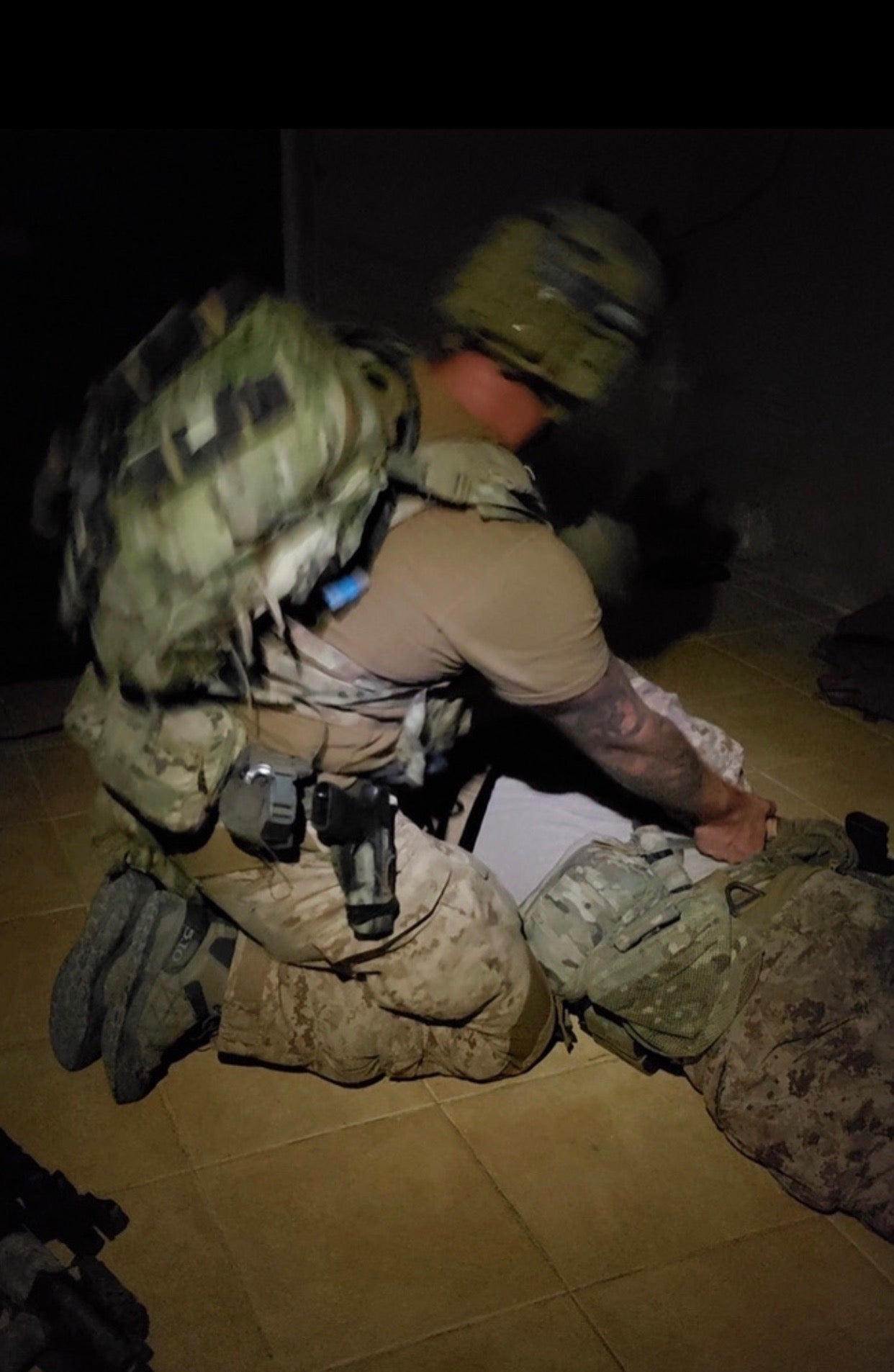
The CRO Medical Hybrid IFAK has been in circulation for over five years, with over 10,000 units sold. We designed this product as an improved medical fanny pack for POI care during the first ten minutes of treatment. The bag dimensions accept a six-inch ACE wrap packed vertically in the pouch. The molle wings allow […]
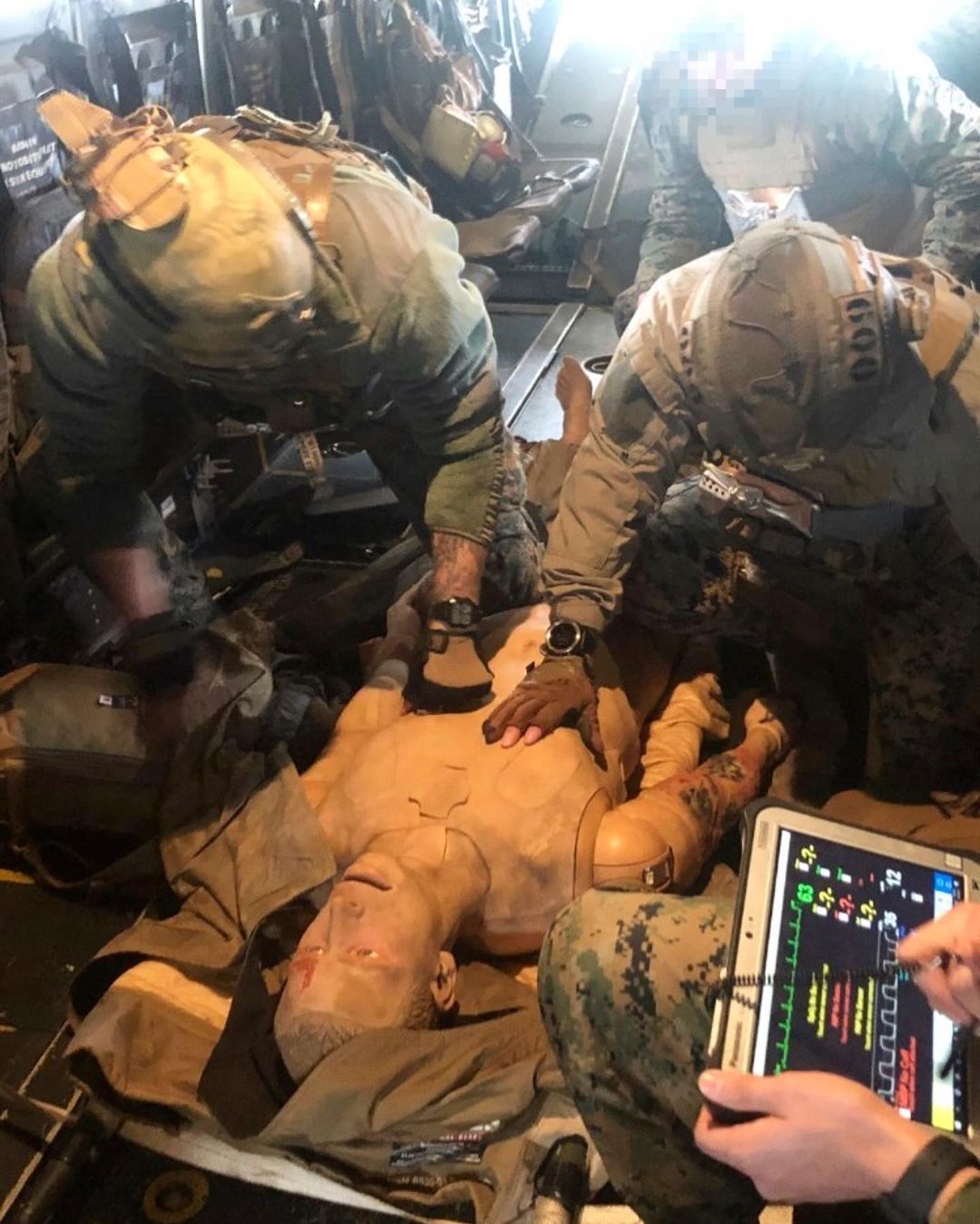
The most dangerous thing we can do as medical professionals is to remove a patient’s physiologic negative pressure breathing circuit and replace it with a mechanical positive pressure ventilator. In the military we’ve watched the world change quickly. Our generation has fought in the mountains of Afghanistan, the cities of Iraq, the deserts of Syria, […]
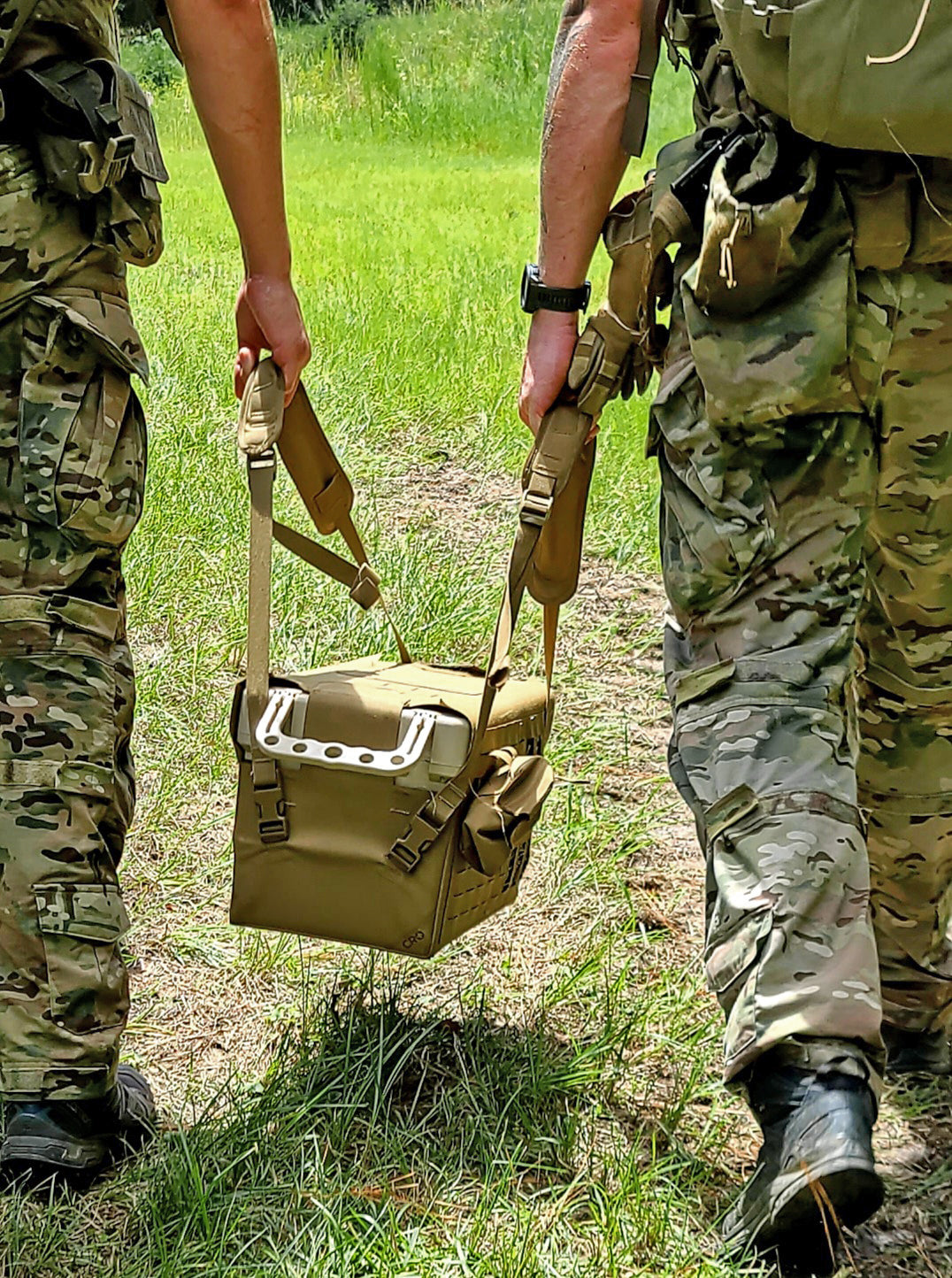
At CRO, we are hungry for current data, over the horizon discussions, and future integration of technologies which affect the prehospital medical space. We are working on behalf of medics with the requirement to be light and fast, working in confined spaces, and delivering a high standard of care. CRO load carriage is optimized to […]

For many years pelvic binding has been the standard of care in prehospital trauma. Even with the overwhelming supporting data for prehospital pelvic binders, EMS and Military prehospital systems have been slow to adopt routine use. Peer-reviewed literature highlights the benefit of improved patient outcomes using prehospital pelvic binding devices. In 2017 the military recommended […]

Without fail, a medic will overfill every bag you give them. Before making a packing list for any bag you must first narrowly define what you are doing and with what support. Start with these basic questions: What proven equipment will best support the intervention needed in the smallest amount of space? What is the […]
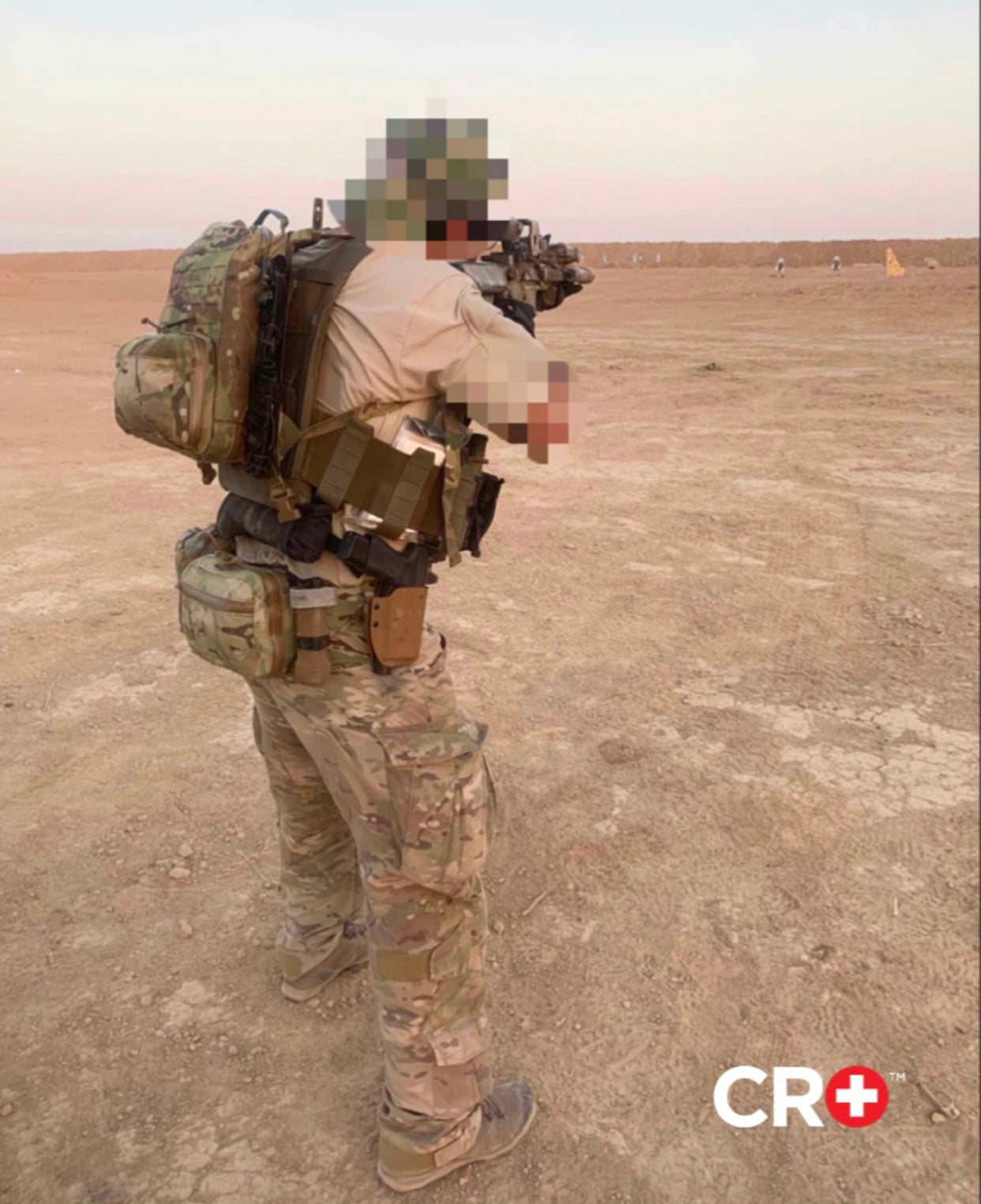
A general framework of working off your body using our DCR Panel and Hybrid IFAK + a few tips and tricks for utilizing your pockets. A breakdown for operational medics who need to be light and fast, provide as many life saving treatments as possible in the shortest amount of time, while still executing mission-critical tasks and avoiding the use of your aid bag unless resuscitating with whole blood.
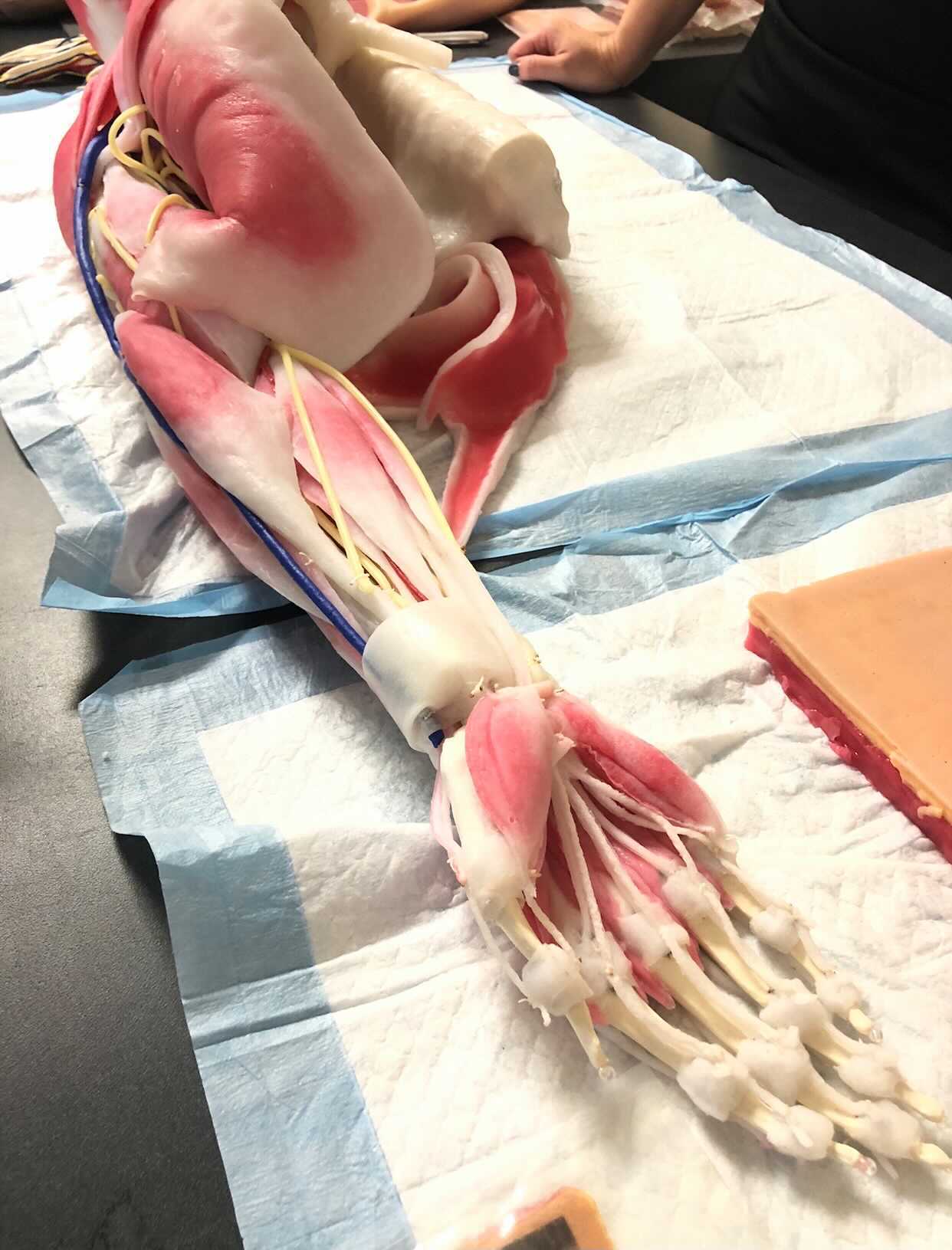
Looking Back There’s been lots of innovation in medical training models for trauma. At some point in everyone’s career, they remember using Rescue Randy, 200 pounds of deadweight with arms and legs. Training evolutions with Randy usually devolve into some level of physical fitness test, which is essentially patient movement training. Important, yes, but has […]
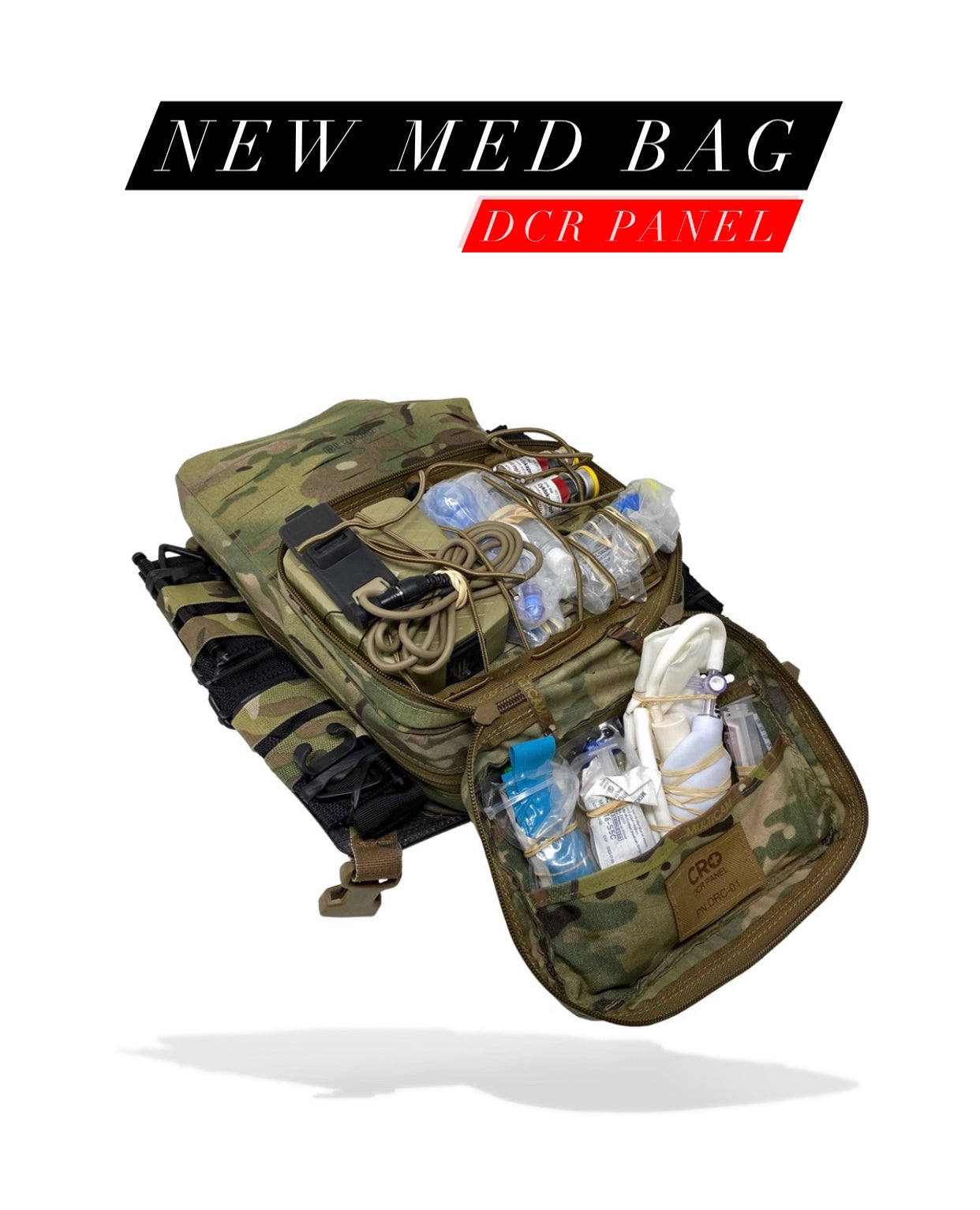
“We started with the JPC carbon fiber back panel, then we measured and got the cubic volume from resuscitative equipment that needed to fit inside. Our driving principle was the external access to blood because we’re going to use the SOP for resuscitation with blood: 1. bilateral below the knee AMPS 2. unilateral above the knee amputations 3. Any bleed in the “box” with MOI and S/S of hypovolemic shock.”

The Advanced Resuscitative Care (ARC) CPG is the most advanced TCCC update yet. For those who have been paying attention, it marks a milestone in DoD medicine, by allowing advanced providers with a mastery of the basics to reach into the remaining cause of preventable death: Noncompressible Torso Hemorrhage, or NCTH. According to the […]












